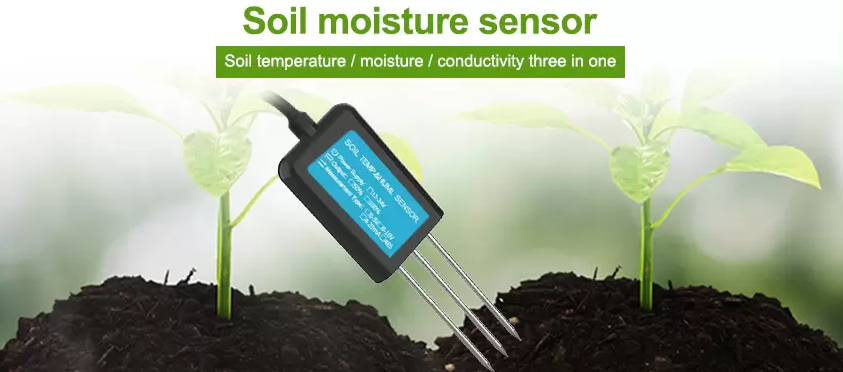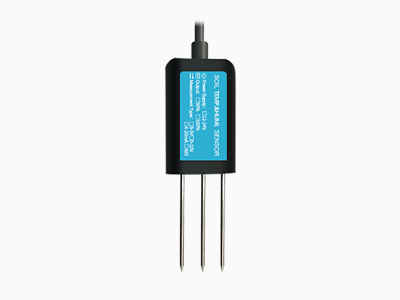soil temperature sensor is a device used to measure the temperature of the soil. It plays a crucial role in various fields such as agriculture, horticulture, environmental monitoring, and scientific research. By providing real-time data on soil temperature, these sensors aid in making informed decisions and optimizing the growth and development of plants.

The advantages of soil temperature sensor and the application
The sensor has a probe inserted into the soil. It is designed to accurately sense the temperature and transmit the collected data to a connected device or system. The probe is typically made of materials with high thermal conductivity to ensure efficient and accurate temperature measurement.
One of the key advantages of using a soil temperature sensor is its ability to help monitor soil conditions for optimal plant growth. Different crops thrive in different temperature ranges, and by continuously monitoring the soil temperature, farmers and gardeners can ensure that the conditions are ideal for the plants they are cultivating. This data can be used to adjust irrigation schedules, manage the use of heating or cooling systems, and even predict the occurrence of pest and disease outbreaks.
In addition to its applications in agriculture, soil temperature sensor also have environmental monitoring purposes. They are used in research projects and studies to monitor temperature variations in different environments, such as forest ecosystems or wetlands. By understanding the temperature changes in these environments, scientists gain insight into the effects of climate change and human activities on the ecosystem.

Furthermore, soil temperature sensors are used in construction and engineering projects. They provide critical data for the design and construction of structures that require precise soil conditions, such as foundations or underground pipelines. By monitoring the temperature of the soil, engineers can ensure the stability and integrity of the infrastructure.
Overall, soil temperature sensors are valuable tools for monitoring and managing soil conditions in various applications. Their ability to provide real-time data helps optimize plant growth, environmental monitoring, and construction projects. With advancements in technology, these sensors are becoming more accurate, durable, and cost-effective. As a result, they are increasingly being adopted in different industries to achieve better efficiency and sustainability.
